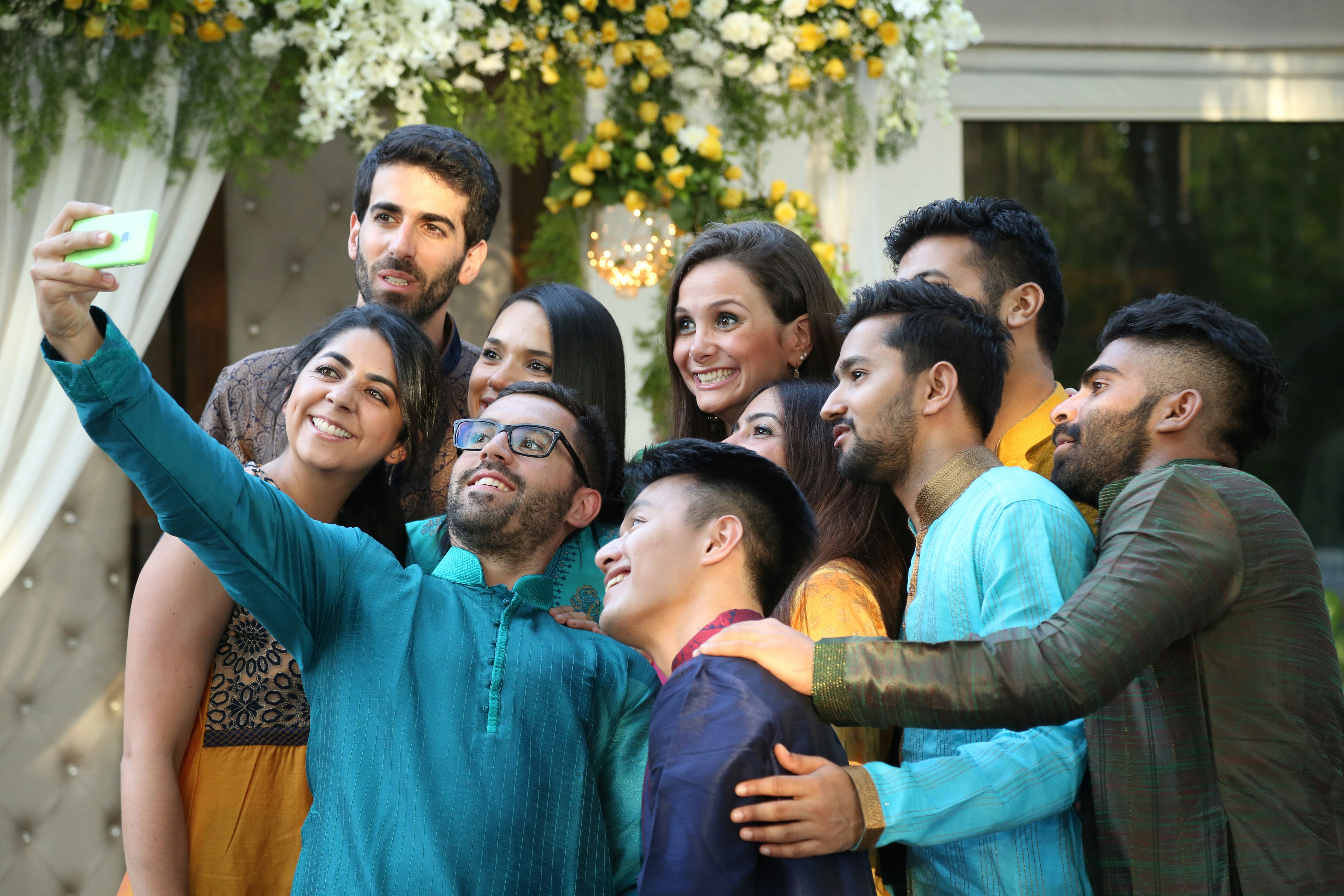Jan 4, 2024
Why Memory Preservation is Vital for Cultural Heritage
Ever wondered how we keep the stories from the past alive? Think about those old artifacts or the tales passed down from our grandparents. They're not just dusty relics or bedtime stories—they're pieces of our shared history.
But how do we make sure they stick around for future generations to enjoy? That's where memory preservation comes in. It's like a guardian angel for our cultural heritage, making sure those stories and artifacts stay safe and sound.
Memory preservation isn't just about keeping old things in a museum. It's about holding onto the memories and traditions that make us who we are. It's about making sure our children and grandchildren can learn from the past and feel connected to their roots. So, let's dive into why memory preservation matters and how it shapes our understanding of the world around us.
Understanding Memory Preservation
Ever wondered how we hold onto the essence of who we are as a people? It's more than just preserving dusty old artifacts—it's about safeguarding the very soul of our culture. That's where memory preservation comes into play. It's like the guardian of our heritage, ensuring that the stories, traditions, and languages that define us aren't lost to the sands of time.
Memory preservation isn't just about protecting physical objects; it's about cherishing the intangible treasures that make us unique. From the songs sung by our ancestors to the rituals passed down through generations, every aspect of our cultural identity is worth safeguarding. So, let's delve into the world of memory preservation and explore how it shapes the tapestry of our shared heritage.
Definition and Scope
Imagine a big treasure chest filled with stories, customs, and knowledge from long ago. That's memory preservation in a nutshell! It's not just about keeping old stuff safe. It's like a big puzzle that archaeologists, historians, and language experts all work together to solve. They want to make sure we never forget where we came from and what makes us special.
But memory preservation isn't just about looking at old things in a museum. Nope, it's way cooler than that! It's about bringing history to life, understanding it, and sharing it with everyone. It's like passing down a really cool secret that gets better with each telling. So, get ready to explore this awesome world of memory preservation and all the amazing things it has to offer!

Techniques and Methods
Preservation techniques encompass a wide range, from traditional practices like archival storage and conservation to cutting-edge methods such as digital documentation and virtual reality.
Traditional approaches involve storing and conserving artifacts in controlled environments to prevent deterioration.
Modern advancements include using digital technologies to create detailed records of cultural items and immersive virtual experiences that allow people to interact with cultural heritage in new ways.
These methods not only help physically preserve artifacts but also enhance engagement and understanding by bringing cultural heritage to life in innovative ways.
The Role of Memory Preservation in Cultural Heritage
Memory preservation plays a vital role in safeguarding cultural heritage, serving as a bridge between the past, present, and future. Here's how:
Preserving Identity:
Cultural heritage reflects the values, traditions, and identities of communities. Memory preservation ensures that these cultural expressions are documented and passed down through generations, fostering a sense of belonging and continuity.
Protecting History:
Memory preservation safeguards historical artifacts, documents, and traditions, providing valuable insights into the past. By preserving cultural heritage, we can learn from history, understand our roots, and appreciate the journey that has shaped our society.
Promoting Diversity:
Cultural heritage encompasses a wide range of traditions, languages, customs, and beliefs. Memory preservation celebrates this diversity, promoting inclusivity and understanding among different cultural groups and fostering a more tolerant and respectful society.
Fostering Social Cohesion:
Memory preservation encourages dialogue and collaboration within communities, as individuals come together to share and celebrate their cultural heritage. This shared sense of identity strengthens social bonds and promotes solidarity among community members.
Encouraging Creativity:
Cultural heritage inspires creativity and innovation by providing a rich source of inspiration for artists, writers, musicians, and other creative individuals. Memory preservation ensures that future generations can draw upon this cultural legacy to create new works of art and literature.
Supporting Tourism and Economic Development:
Cultural heritage sites and traditions attract visitors from around the world, contributing to tourism and economic development. Memory preservation helps to maintain and promote these assets, ensuring their continued value to local economies.
Building Resilience:
Cultural heritage can play a role in building resilience and promoting sustainable development. By preserving traditional knowledge and practices related to agriculture, architecture, and natural resource management, communities can adapt to environmental challenges and maintain their way of life.
Educational Resource:
Memory preservation serves as a valuable educational resource, providing students and researchers with access to primary sources, archival materials, and cultural artifacts. By studying cultural heritage, individuals can gain a deeper understanding of history, society, and human experience.
Promoting Intergenerational Dialogue:
Memory preservation encourages intergenerational dialogue and exchange, as older generations pass down their knowledge, stories, and traditions to younger ones. This transmission of cultural heritage strengthens family ties and promotes mutual respect and understanding between generations.
Safeguarding Intangible Heritage:
In addition to tangible artifacts, memory preservation also focuses on safeguarding intangible cultural heritage, such as oral traditions, performing arts, rituals, and festivals. These intangible elements are essential to maintaining cultural continuity and resilience.
Memory preservation plays a multifaceted role in safeguarding cultural heritage, promoting social cohesion, fostering creativity, and enriching the lives of individuals and communities. By preserving our cultural heritage, we ensure that future generations can continue to benefit from the rich tapestry of human experience.

Challenges in Memory Preservation
Keeping up with new technology:
It's hard to stay updated with the latest tech, which can make it tough to protect information and keep it safe for a long time.
Finding money and stuff we need:
Sometimes it's tricky to get enough money and the things we need, especially in places where there isn't a lot of money or where there's trouble with politics.
Dealing with different cultures and politics:
Differences in beliefs and rules between cultures and politics can make it hard to work together and share knowledge. This can lead to problems like purposeful damage or changing of cultural stuff.
Benefits of Memory Preservation
Celebrates unique customs, traditions, and achievements.
Strengthens social cohesion and resilience.
Provides valuable educational resources.
Enriches understanding of history and society.
Attracts tourists and generates revenue.
Stimulates local economies and employment opportunities.
Future Trends
Looking ahead, the future of memory preservation holds both promise and uncertainty as technological innovations continue to reshape the field.

Innovations in Preservation Techniques
Advancements in fields such as artificial intelligence, 3D scanning, and data visualization offer new opportunities for enhancing the documentation, conservation, and presentation of cultural heritage. From virtual museums to augmented reality experiences, these innovations promise to make cultural memory more accessible and immersive than ever before.
Collaboration and Knowledge-Sharing
In an increasingly interconnected world, collaboration and knowledge-sharing are essential for effective memory preservation. By fostering partnerships between governments, NGOs, academic institutions, and local communities, we can leverage collective expertise and resources to address common challenges and safeguard cultural heritage for future generations.
Conclusion
In conclusion, memory preservation plays a crucial role in safeguarding the rich diversity of cultural heritage that defines humanity's collective identity. By documenting, conserving, and promoting both tangible and intangible aspects ofcultural memory, we can ensure that future generations inherit a world enriched by the wisdom, creativity, and resilience of past civilizations. It is incumbent upon us all to recognize the importance of memory preservation and to take collective action to protect and celebrate our shared cultural heritage.
